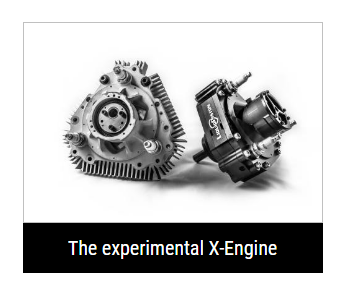Welcome to Sino Bearings web
24x7 HOTLINE:+86-28-81454188

 NEWS
NEWS
This year marks the 50th anniversary of the first rotary-engined mainstream production car, the Mazda RX-3. Overall it sold 286,757 models, while its sportier sibling the RX-7 went on to sell 811,634 across the 3 generations of its lifespan.
Mazda may not have a rotary engine in its current line-up, but there are rumours that one could be reintroduced as a range extender in the near future. So the rotary story is far from over. In fact the US military is seriously considering a new design from LiquidPiston to power smaller aircraft. The X-Engine, a rotary diesel engine, is currently being evaluated as an enabling technology to power a machine through a hybrid-electric propulsion system. The Air Force has awarded the company a Phase I (US$150,000) Small Business Technology Transfer (STTR) contract to examine the idea in further detail. Alec Shkolnik, CEO and co-founder of LiquidPiston noted, “Today’s solutions for power and energy are held back by a lack of technological innovation; gasoline engines are inefficient, diesel engines are big and heavy, and while the world wants to go electric, batteries lack significantly compared to the energy density of fuel. The X-Engine solves these challenges, and with this contract, we look forward to showcasing the value a hybrid-electric configuration can bring to unmanned flight.”
While the theory of using a rotor on an eccentric shaft remains similar to the Mazda unit, it’s not an identical design and it’s not confined to running on just petrol. The fuel options are JP-8, jet fuel, diesel or other heavy fuels. The makers are planning to use a small model of the engine in conjunction with a generator to power batteries during flight, or alternatively to be configured in parallel with a separate electric drive, using the engine directly to produce thrust or lift.
The company is also working with the US military on a stationary unit to act as a ground power generator.